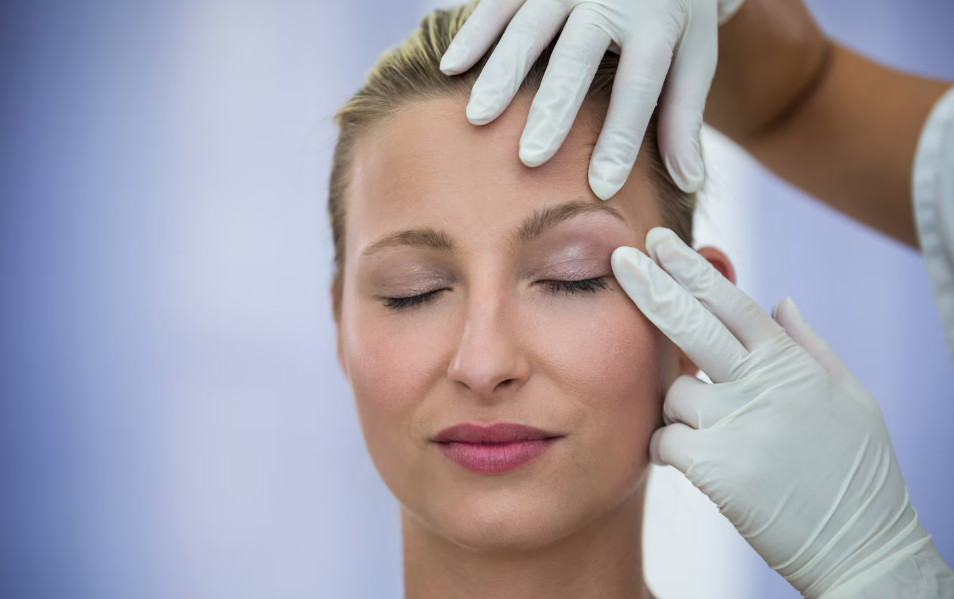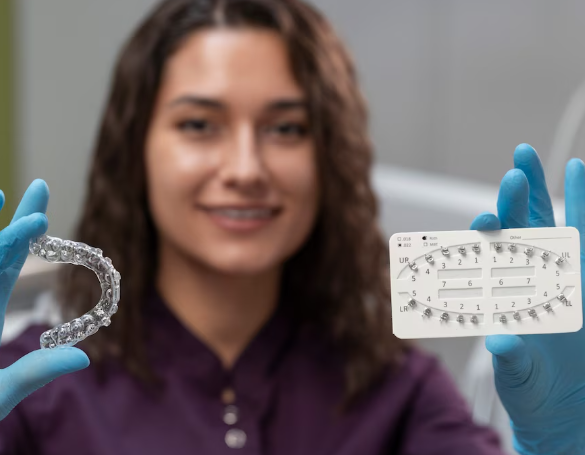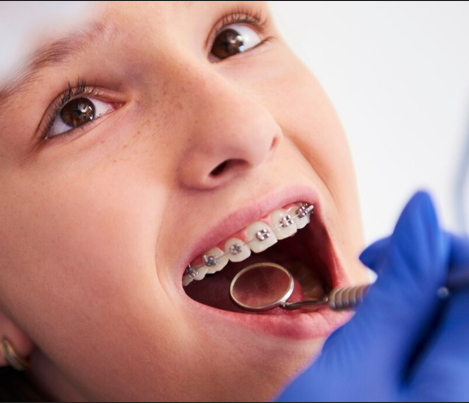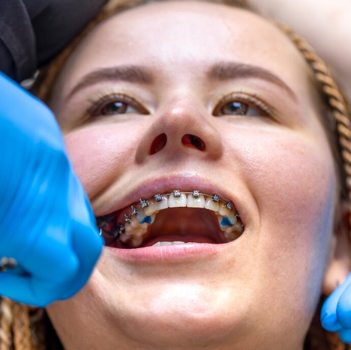Treatment Overview
Fat grafting, also known as fat transfer or lipofilling, is a cosmetic procedure that involves harvesting fat from one area of the body (such as the thighs, abdomen, or hips) and injecting it into another area to restore volume, enhance contours, or rejuvenate aging features. In Korea, fat grafting has become highly popular due to its natural results, minimal scarring, and use of advanced purification techniques that improve fat survival rates.
This procedure is commonly performed on the face for anti-aging and contouring, but it is also used for breast or buttock augmentation and scar correction. Unlike fillers or implants, fat grafting uses the patient’s own tissue, making it biocompatible and safe.
Purpose & Benefits
- Restores lost facial volume due to aging
- Enhances cheekbones, temples, jawline, or chin
- Improves under-eye hollows and tear troughs
- Natural alternative to synthetic fillers
- Long-lasting results when fat cells survive
- Can improve skin quality due to stem cells in fat tissue
- Provides body contouring benefits from fat harvesting
Ideal Candidates
Fat grafting is suitable for individuals who want a natural approach to facial or body enhancement. Ideal candidates include:
- Those with facial volume loss, hollow temples, flat cheeks, or deep under-eye hollows
- Patients looking for natural breast or buttock enhancement
- People who prefer using their own tissue instead of fillers or implants
- Individuals with enough donor fat for harvesting
- Patients in good overall health with realistic expectations
Possible Risks & Complications
Though considered safe, fat grafting does carry some risks:
- Swelling and bruising at both donor and injection sites
- Uneven fat absorption leading to partial loss of results
- Asymmetry or irregularities if fat is not evenly distributed
- Rare complications such as fat necrosis, infection, or lump formation
- Need for repeat sessions to achieve optimal results
Surgical Techniques Used in Korea
Korean plastic surgeons are globally recognized for advanced fat grafting techniques with high survival rates:
- Micro-fat grafting: Uses finely processed fat for precise facial contouring.
- Nano-fat grafting: Uses ultrafine fat for skin quality improvement and under-eye rejuvenation.
- Stem cell–enriched fat grafting: Combines fat with stem cells for longer-lasting results and enhanced skin regeneration.
- Layered injection technique: Small amounts of fat are placed in multiple layers to ensure smooth and natural contours.
- Combination procedures: Fat grafting is often paired with blepharoplasty, facelift, or skin boosters for comprehensive anti-aging.
Recovery & Aftercare
Recovery is relatively quick, though swelling and bruising can last for 1–2 weeks. Donor areas may feel sore, similar to liposuction recovery. Final results are visible within 2–3 months as the fat stabilizes and settles. Korean clinics provide advanced aftercare, including LED therapy, lymphatic massage, and customized skincare to support healing and fat survival. Patients are advised to avoid smoking, alcohol, and excessive pressure on the treated areas during recovery.
Results & Longevity
Fat grafting results look natural and can last for years if a significant portion of the fat survives. Typically, 50–70% of the transferred fat remains permanently. Some patients may require a touch-up session to achieve their desired volume. Over time, natural aging continues, but fat grafting often slows down the appearance of aging due to restored fullness and improved skin texture.
Treatment Process in Korea
Korea is a leading destination for fat grafting thanks to its innovative techniques, high surgical standards, and artistry in achieving natural beauty.
- Customized approach: Korean surgeons design fat grafting procedures tailored to the patient’s facial structure or body proportions.
- High survival rates: Advanced purification methods, stem cell enrichment, and micro-droplet injection techniques improve graft retention.
- Integrated treatments: Many clinics combine fat grafting with regenerative therapies, laser treatments, or facelifts for enhanced outcomes.
- Focus on natural beauty: Korean surgeons aim for subtle, refined enhancements that harmonize with the patient’s features rather than exaggerated changes.
- International patient services: Top Seoul clinics offer English-speaking staff, recovery lounges, and comprehensive aftercare, making the process seamless for medical tourists.
Cost Range in Korea
The cost of fat grafting in Korea depends on the treated area, clinic reputation, and whether stem cell enrichment is used.
- Facial fat grafting (cheeks, temples, under-eyes, chin): ₩2,500,000 – ₩5,000,000 KRW ($1,800 – $3,700 USD)
- Breast fat grafting (augmentation or reconstruction): ₩6,000,000 – ₩12,000,000 KRW ($4,500 – $9,000 USD)
- Buttock fat grafting (Brazilian Butt Lift style): ₩7,000,000 – ₩13,000,000 KRW ($5,200 – $9,700 USD)
- Stem cell–enriched fat grafting: Adds ₩2,000,000 – ₩4,000,000 KRW ($1,500 – $3,000 USD) to the total cost.
Many clinics also offer combination packages that include liposuction, fat purification, grafting, and aftercare treatments. Compared to Western countries, Korea offers more competitive pricing with equally advanced or superior results.
Popular Clinics in Korea
Seoul is home to several world-class clinics specializing in fat grafting:
- Banobagi Plastic Surgery – Known for advanced stem cell–enriched fat grafting.
- ID Hospital – Offers facial and breast fat grafting with high survival techniques.
- VIEW Plastic Surgery Clinic – Popular for natural anti-aging facial fat transfers.
- Regen Plastic Surgery – Specializes in micro- and nano-fat grafting for delicate facial areas.
- BK Plastic Surgery Hospital – High-volume center catering to both local and international patients.




